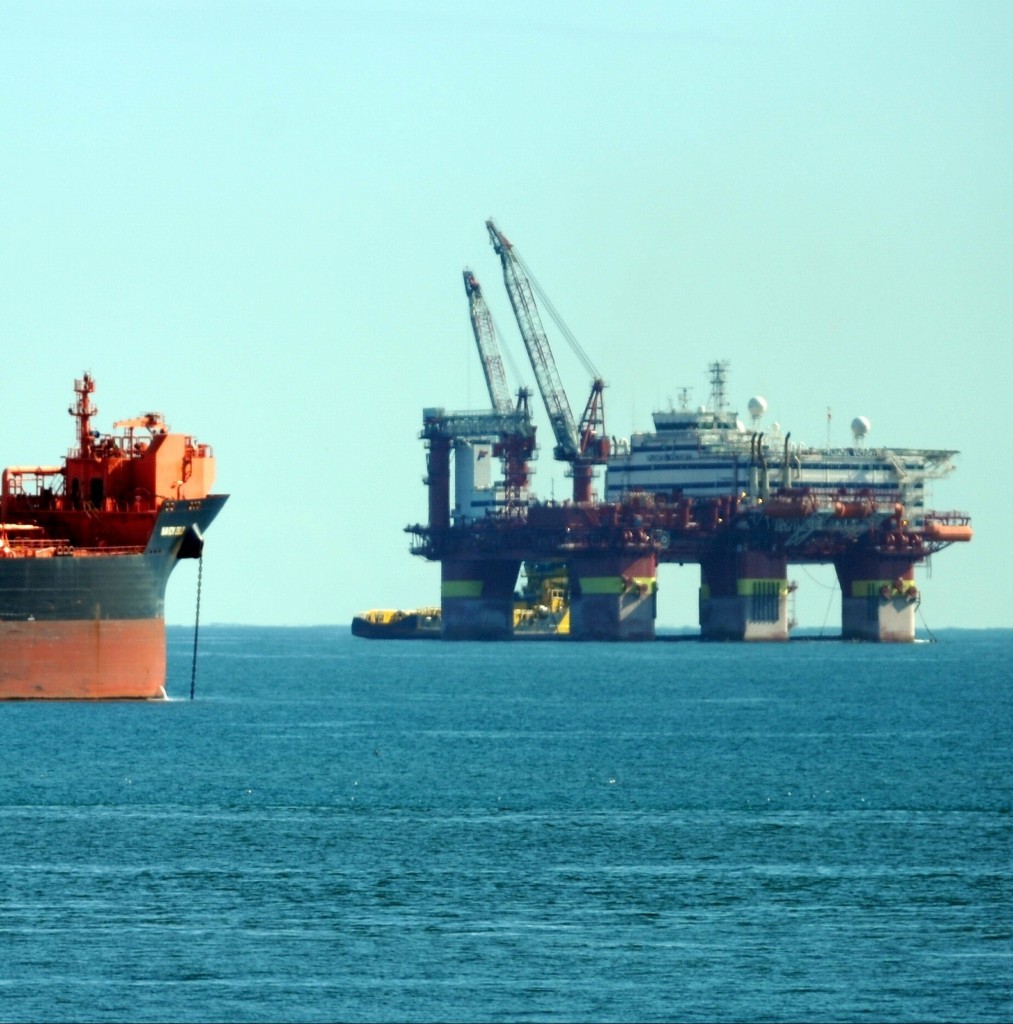
Cost cutting has become the new orthodoxy in the oil and gas industry since the price per barrel plummeted from $115 in June 2104 to $45 in January this year.
Every conversation I have had in recent months about the industry, whether it is across a boardroom table or over a pint, pretty quickly came round to the same theme. The days of plenty are over. We must all tighten our belts. And continue tightening.
Even the seagulls in Aberdeen knew that costs within the industry were too high and had to come down, maybe by as much as 40%.
There are different guesstimates as to how long the price will stay at the current level. History suggests that a low oil price cycle typically lasts for 2-3 years. This month marks the first anniversary of the start of the downwards slide.
Growth in demand will kick in at some point and is likely to drive the price back up but according to some experts the price per barrel is unlikely to rise above $64 – $78 per barrel until 2020/21. There are several reasons for this.
On the supply side, Libya has the potential to double its current level of production (from 300,000boepd to 600,000boepd). Iran could put a lot of oil into the market, from both production and storage, if sanctions are lifted. That is a lot of extra supply for a fragile market to absorb.
These and other factors mean the price may stay lower for longer this time. The UK industry has to find ways of making itself sustainable with $60 per barrel oil.
So what is the long term solution?
At a recent Burness Paull Business Breakfast industry experts cautioned that cost cutting can only achieve so much. They warned of a real risk that if we cut too deep it will damage the long term prospects of an industry that has contributed so much to the wealth of the UK.
Along with reducing costs and improving efficiency, new technology and standardisation of equipment have a key role to play, but attitudes towards innovation also need to change.
The oil and gas industry has spent less on research and development (R&D) than most other industries. Recently the gap has widened.
It is difficult to get exact figures but some estimates suggest that less than 0.5% of turnover in O&G companies is reinvested in R&D. This compares very unfavourably with around 1.1% in other industries. Viewed in another way, oil and gas operators spend between14 cents and 50 cents per barrel of oil they produce on R&D. There is a growing consensus this is not enough.
At our Business Breakfast attendees confirmed the findings of the recent Energy Voice OG2050 survey on technology and cost efficiencies, that large companies are now spending even less on R&D and that the decrease in investment is likely to hurt the industry over the next five years. The prevailing view is that the reluctance to shoulder the risk of being an early adopter of new technology still exists and is resistant to change.
The race to be second means that new technology is more likely to be embraced away from the North Sea basin in lower cost environments e.g. Middle East and onshore USA.
With the UK at less than 1% of global oil and gas production there is an imperative to find overseas markets for technologies developed in Scotland and the UK.
In order to anchor businesses and people in the area, Aberdeen needs to work hard at maintaining and developing its role as a centre for innovation and technical excellence for the oil and gas industry. As well as being a vibrant city to work and live in.
New, subsidised onshore test facilities, particularly for wells/drilling, are needed in the domestic market to allow new technologies to be more thoroughly trialled and proved. This should reduce the risk of expensive failures in the field.
The creation of this outward looking role for Aberdeen and the North East will require buy-in from all stakeholders, not just the industry.
Investment needs to be made in both infrastructure and human capital so that the region can produce and retain sufficient numbers of skilled workers, both to service the offshore operations and to enable it to become a sustainable exporter of oil and gas technology.
Oil and gas regions are already competing with each other for the available talent and the shortage in the UK of workers proficient in the Stem subjects – science, technology, engineering and maths – needs to be addressed as a priority. Right now we are moving in the wrong direction.
There is a long list of actions with a large price tag attached, but unless the offshore oil and gas industry grabs the opportunity to change, the negative impact on the UK economy could last much longer than the current slump in prices.
On the other hand, continued and increased investment in R&D, in its widest sense, could establish Aberdeen as a centre of excellence and innovation far beyond the North Sea basin and its lifespan. This is a tantalising opportunity.
Ken Gordon is a partner in Oil and Gas with Burness Paull in Aberdeen.
Recommended for you
